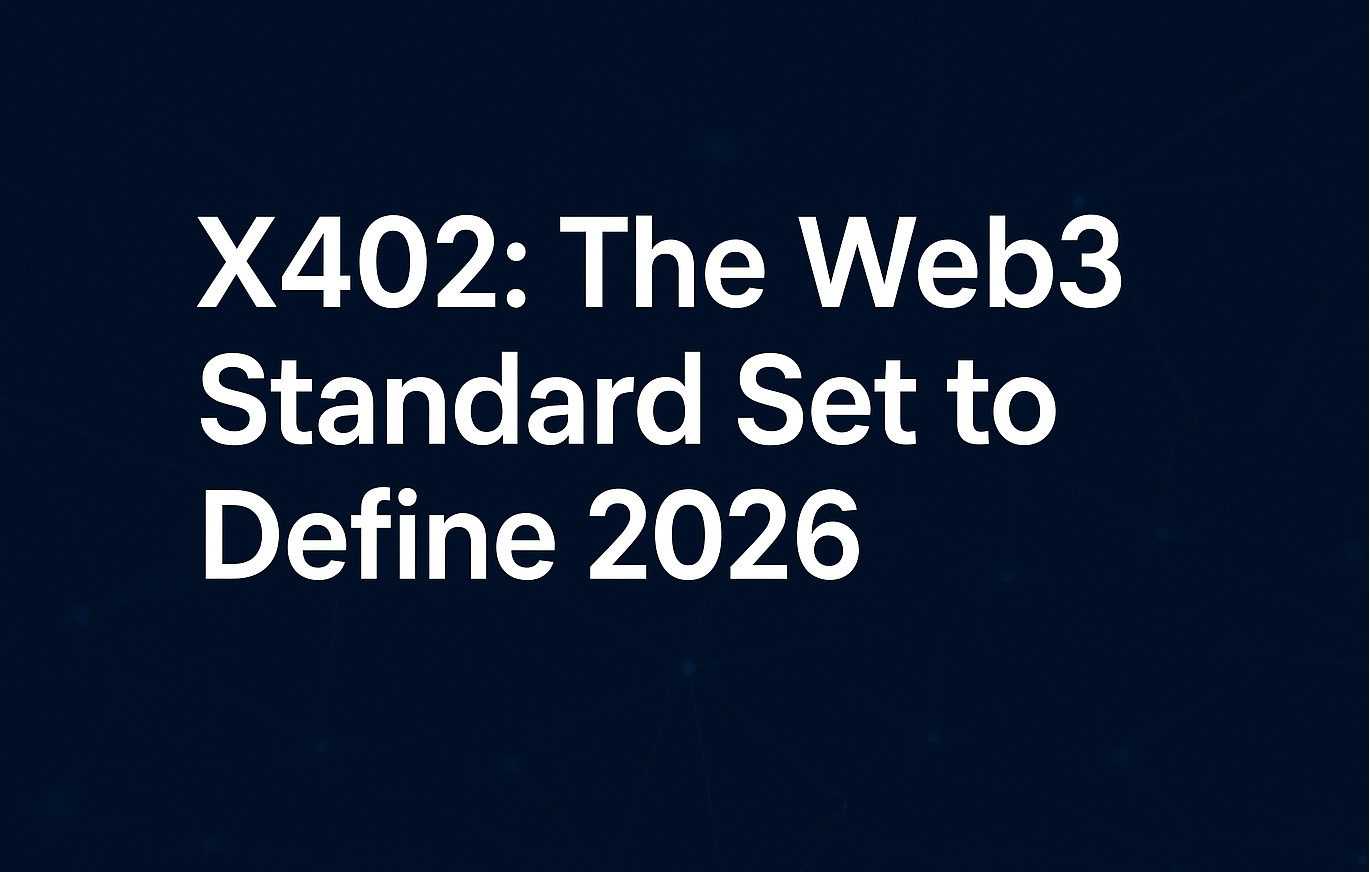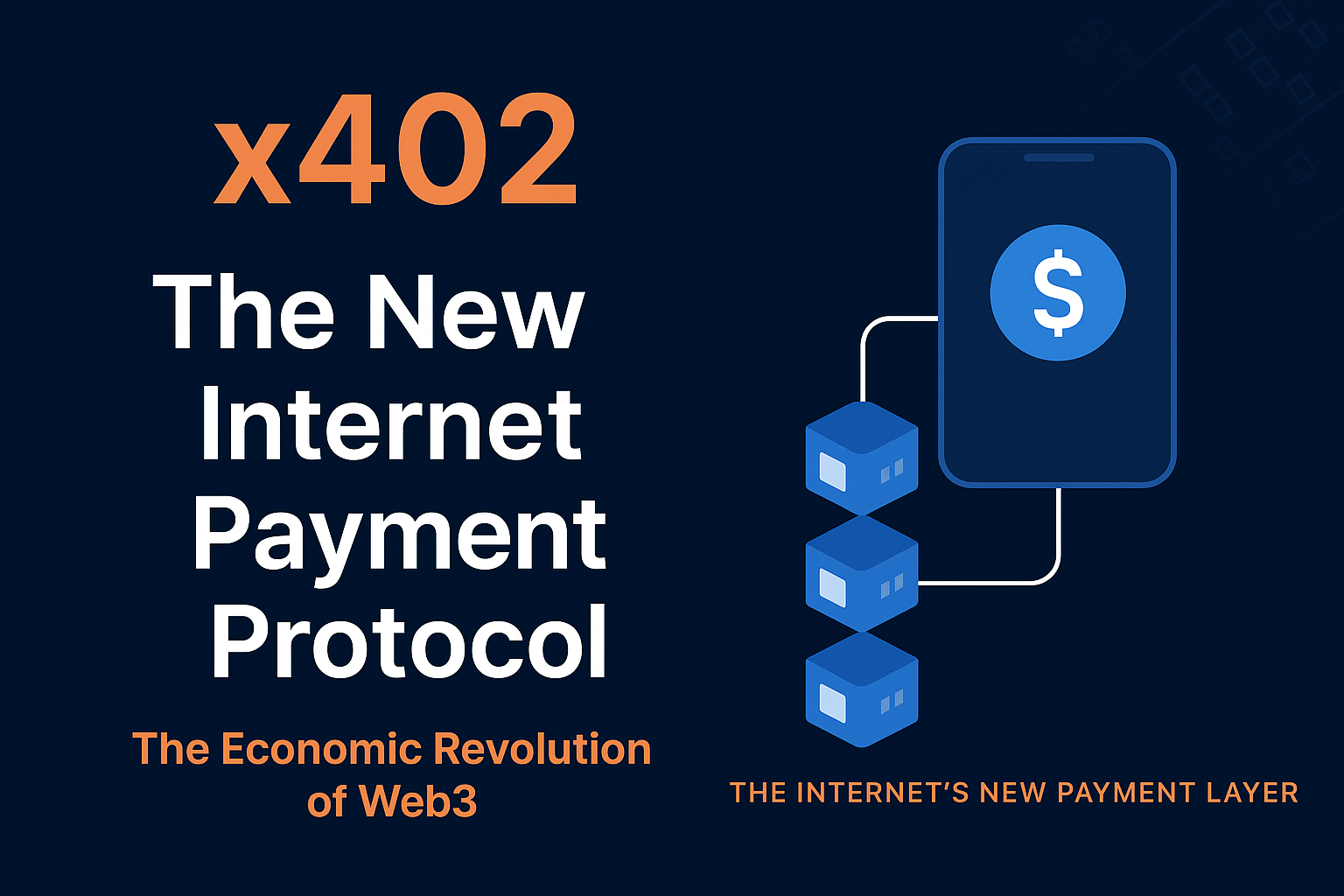Decentralized applications (dApps) are software programs built on blockchain technology that operate without a centralized authority. dApps are revolutionizing various industries, including finance, gaming, and healthcare, by leveraging blockchain’s transparency, security, and decentralization. In this article, we will explore what dApps are, how they work, and their key use cases in detail.
What is a dApp?
A dApp is a decentralized application that runs on a blockchain network and is developed using open-source code. Unlike traditional applications, dApps do not rely on a central server to store data. Instead, they store data on a blockchain, ensuring transparency, security, and control for users.
Key Features of dApps:
- Decentralization: Transactions and operations are executed on a blockchain network without a central authority.
- Open Source: Developers make the dApp’s code publicly available, allowing community contributions.
- Blockchain-Based: Data is stored on the blockchain, ensuring immutability and security.
- Token Utilization: Many dApps use native tokens for transactions and rewards.
How Do dApps Work?
dApps consist of two main components: a frontend user interface and a backend blockchain network. Here’s how they operate:
- User Interface (Frontend):
- Users access the dApp through a web browser or a mobile app.
- The interface is designed similarly to traditional apps for ease of use.
- Smart Contracts:
- The backend of a dApp is powered by smart contracts that run on a blockchain.
- These contracts automatically execute transactions based on predefined rules.
- Blockchain:
- Transactions are recorded on a blockchain network, ensuring transparency and immutability.
- Token Integration:
- Most dApps use tokens for processing transactions or rewarding users.
Key Use Cases and Functions of dApps
dApps are versatile and can be applied in various sectors. Here are their primary use cases:
1. Decentralized Finance (DeFi):
- dApps facilitate lending, borrowing, trading, and staking without intermediaries.
- Examples: Uniswap, Aave.
2. NFTs (Non-Fungible Tokens):
- dApps enable the creation, trading, and ownership of digital assets like art and collectibles.
- Examples: OpenSea, Rarible.
3. Gaming and Metaverse:
- Blockchain-based games allow players to own in-game assets and trade them freely.
- Examples: Axie Infinity, Decentraland.
4. Voting and Governance:
- dApps provide transparent and immutable voting systems for organizations.
- Examples: DAOs (Decentralized Autonomous Organizations).
5. Healthcare and Supply Chain:
- dApps securely manage healthcare records and track products throughout the supply chain.
Advantages and Disadvantages of dApps
Advantages:
- Decentralization: Eliminates reliance on a single authority, enhancing security and fairness.
- Transparency: Transactions are visible to everyone on the blockchain.
- Censorship Resistance: Data stored on a blockchain cannot be easily censored or altered.
- User Control: Users have full ownership and control over their data and transactions.
Disadvantages:
- User Experience: dApps can be more complex to use compared to traditional applications.
- Performance: Blockchain-based operations may be slower than centralized systems.
- High Costs: Transaction fees can rise on busy blockchain networks.
- Adoption Challenges: Mainstream adoption of dApps is still limited.
dApps leverage the power of blockchain technology to offer decentralized, secure, and transparent solutions across various industries. Their applications in finance, gaming, healthcare, and beyond are reshaping traditional systems. However, challenges such as scalability and user experience remain as areas for improvement. As blockchain technology evolves, dApps are expected to play a significant role in the future of the digital economy.







